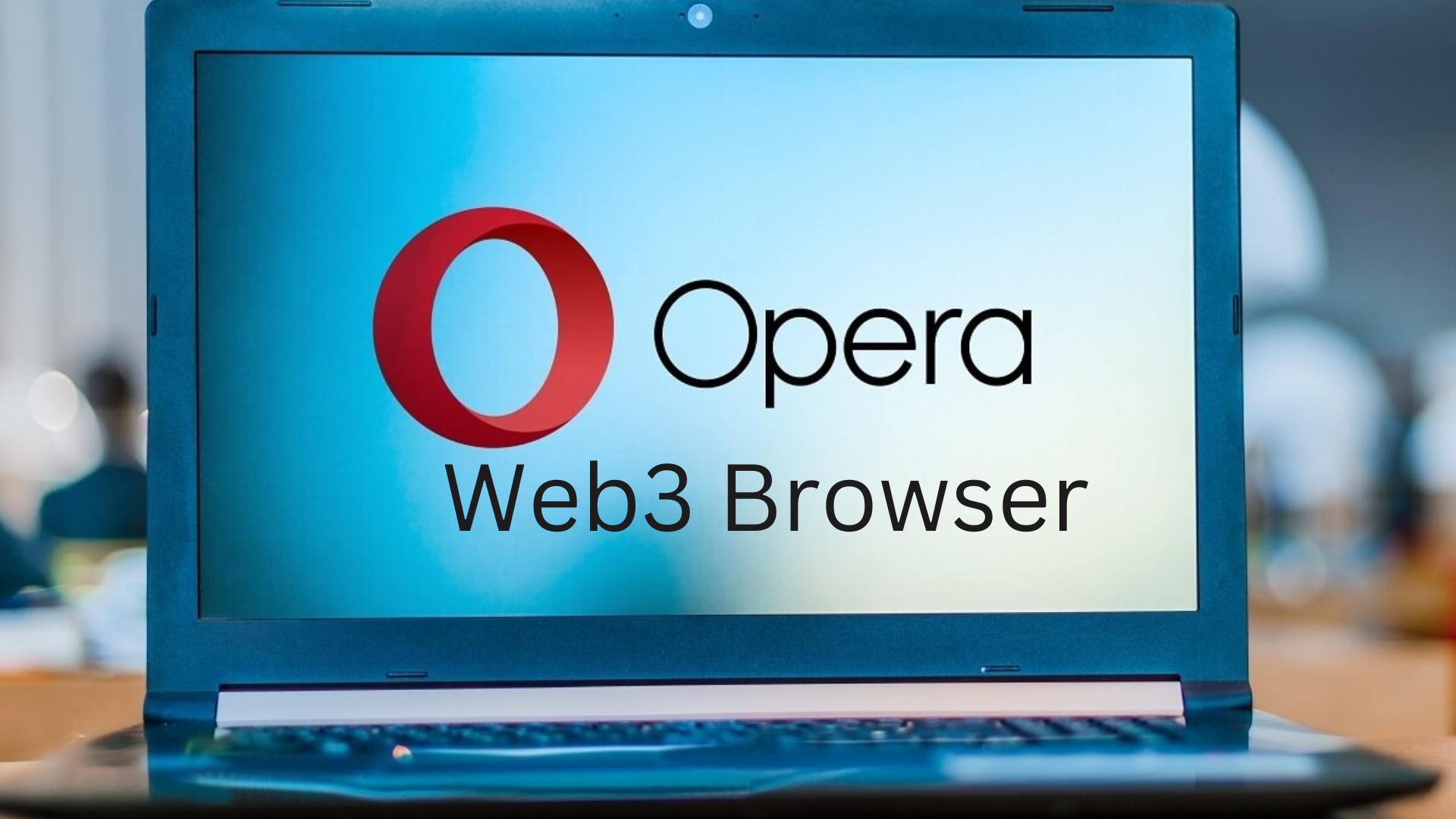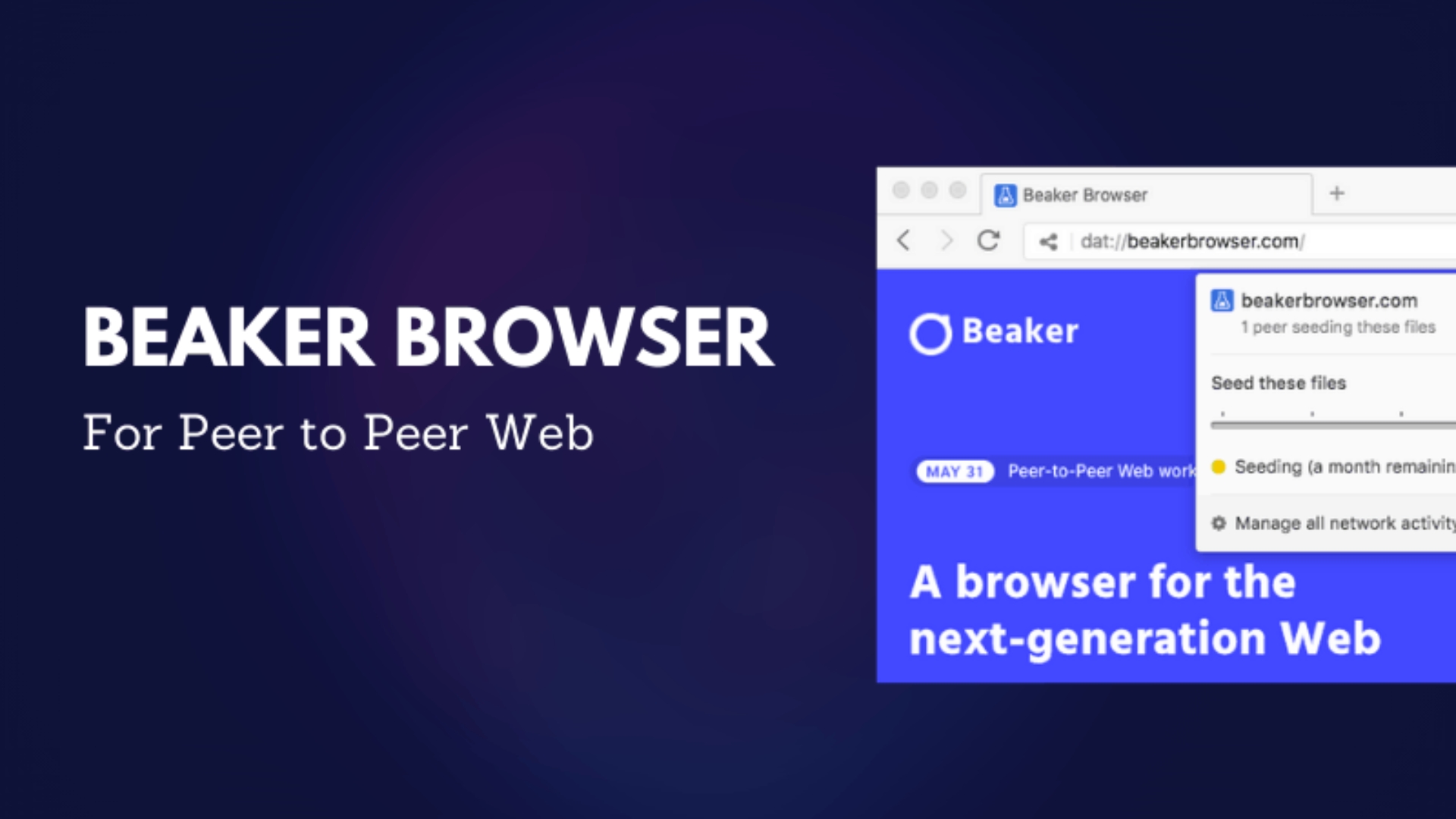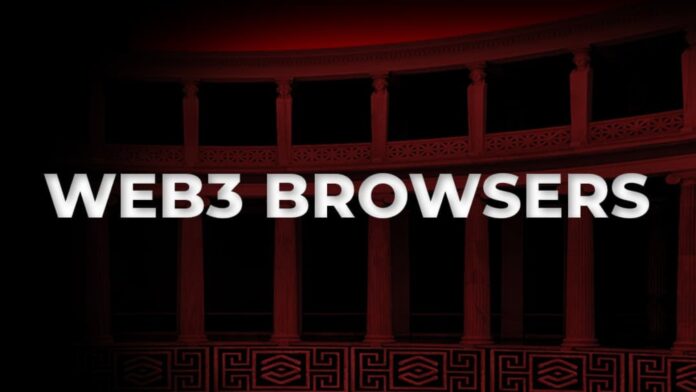Web3 Browser —How Does it Work? Web services allow computers to communicate with each other through the internet. But APIs, or application programming interfaces, are nothing new regarding web services. Accessible online, the World Wide Web is a network of interconnected hypertext documents. As an example, a user navigates between web pages that may have multimedia by using hyperlinks in a web browser.
Tim Berners-Lee invented the World Wide Web in 1989 while working at CERN in Geneva, Switzerland. After that, Berners-Lee led the evolution of web standards and promoted Web3 or the Semantic Web. Many factors have contributed to the emergence of the “Web3″—a geographic web, artificial intelligence, and content availability through non-browser apps and Web3 browsers. Through a Web3 browser, users discover digital economies and DApps. Web3 basics, major browser features, how the browser works, and how to use it will be covered in this article.
What is a Web3 Browser?
Users can engage with blockchain-based decentralized applications through Web3 browsers. A new, universally accessible, and beneficial internet is the goal of Web3 technologies such as distributed ledgers, artificial intelligence, Metaverse, and others.
A Web3 browser typically has the following features:
- The unchangeable ecosystem, or faith that users will access the digital product as the developer intended
- Improved openness and safety
- Enhanced speed while surfing the web
- Strict protection of user identity and data
- Adding support for various blockchains to digital wallets
- Decentralization grants full editorial power
In addition, search engines can automatically tag microcontent texts in Web3, which means that a lot of macro Web1 content needs to be converted into microcontent. Tagging may lead to a more precise search by reducing the impact of homonyms and synonyms on the search process.
How Does a Web3 Browser Work?

Web3 web browsers open the door to decentralized applications and digital economies. The Web3 browser decentralizes power away from centralized institutions and puts it in users’ hands through public blockchains and cryptography. Web3 browsers and decentralized social media site users also earn money for engaging with content or watching targeted advertisements.
However, how exactly do Web3 browsers alter the nature of web browsing? Users can access the usual features of browsers with Web3 browsers. They are essentially decentralized apps that let users keep their data and split the profits. Is Chrome, therefore, a Web3 browser? No, Chrome, along with Firefox and Safari, is a Web2 browser. Nevertheless, with a Web3 wallet such as MetaMask, users can access Web3 applications even when using Web2 browsers.
How to Use a Web3 Browser?
With the Web3 wallets integrated into standard web browsers, users gain access to decentralized applications (DApps) with more flexibility and no middlemen required, all while keeping complete control of their assets. Users are also not required to undergo any KYC or AML processes to participate in the Web3 economy.
Furthermore, Web3 wallets allow for the efficient storage and management of crypto assets. Nevertheless, unlike centralized custodial wallets, cash could be lost if the seed phrase is misplaced. So, based on your needs, which Web3 browser would you recommend? What follows is a primer on many Web3 web browsers.
Opera Web3 Browser

With features like the Wallet Selector—the first multi-wallet management tool in the industry—a secure clipboard, phishing protection, and a malicious address checker, Opera Crypto Browser provides crypto-curious and blockchain-savvy users with a private, smooth, and safe Web3 experience. Several blockchains, including those that are compatible with the Ethereum Virtual Machine (EVM), Bitcoin, and layer-2 solutions, as well as the built-in crypto wallet, support the use of Ether ETH $2,266 and ERC-20 and ERC-721 tokens. On top of that, Opera’s network of crypto ecosystem partners, including Solana and Polygon, is robust.
In addition, the desktop Crypto Browser has a sidebar where users can access various social apps, including WhatsApp, Telegram, Discord, Twitter, and more. This allows users to stay connected with their communities at all times. By utilizing the integrated Crypto Corner, users may gain access to a multitude of resources, including upcoming airdrops, industry news and event calendars, gas prices, educational content, and more. Before using the Opera Web3 browser, install the Opera Crypto Browser on your computer, phone, or tablet (the iOS version is coming soon). Afterward, you can use the features mentioned earlier with your current wallet or make an Opera wallet.
Puma Web3 Browser
Puma Browser was established in January 2019 by Ukrainian-Canadian developer Yuriy Dybskiy. Developers of content, apps, and games can receive payments quickly through the Coil Content Network and Interledger Protocol, and it also grants access to the Ethereum Name Service (ENS), Handshake (HNS), and the InterPlanetary File System (IPFS). The following is how web monetization works with the Puma browser:
- Members of Coil pay $5 per month to access user-generated content.
- Interested people can monetize their material by setting up a digital wallet.
- Coil members receive $0.36 for every hour they watch user-generated material.
- As Coil Members enjoy users’ content, monies are streamed to their wallets.
Brave Web3 Browser
With its free-to-use business model and privacy-preserving features, Brave is open-source software. It improves users ‘ browser super app with features like free video calls, completely autonomous search, offline playlists, and a tailored news feed. Brave blocks trackers and offensive ads on all websites as a standard feature. Also, Brave’s new nonfungible token (NFT) gallery feature makes it easy to see and manage NFT collections.
One can earn Basic Attention Tokens (BAT), a passive income, just by watching advertisements. Brave Web3’s integration of IPFS capabilities is another standout feature. This allows for built-in decentralized file storage and helps to lessen data concentration by dispersing file storage across a worldwide network.
Beaker Browser

In a private mode, the Beaker browser enables peer-to-peer website hosting, sometimes known as Hyperdrives. Once the website is created, only individuals with the Hyperdrive link can access it. Beaker, an interoperable web browser with other parts of the web, provides new APIs that developers may use to build hostless applications. While most browsers reveal the page’s source code to website visitors, Beaker presents the entire site’s structure in a GitHub-like style. It gets better—a user can even host their site copy.
Osiris Browser
Becoming the first net-neutral browser in the world, Osiris aims to free individuals from the internet’s commercialism, censorship, and bias. Osiris is a blockchain technology browser claiming to be able to run without advertising money and completely removing tracking and ads.
With Osiris Armor, you can track the total number of scripts and adverts that have been banned and modify your privacy settings. In addition, it offers Metawallet, a multi-wallet that integrates a wallet inside the browser and supports many cryptocurrencies, improving the Web3 experience for blockchain users.
Future of Web3 Browsers
For a long time, web platforms couldn’t process money transfers, which led to an oversaturation of online ads and shady companies. The Semantic Web, also known as Web3, offers developers, gamers, and content creators new ways to make money online by organizing the world’s information in a manner that Google’s search engine architecture can’t. To pay artists, sustain vital online infrastructure, and facilitate API calls, web monetization provides an efficient, accessible, native, and automated solution.
Web2 browsers like Google Chrome and Web3 wallets make it possible to access decentralized applications (DApps), but blockchain-friendly browsers put users in charge of their data, money, and assets directly. As a result, new and improved user experiences are required as the web moves towards decentralization, and Web3 browsers, which provide access to decentralized applications (DApps), are crucial for participating in the digital economy.
Although a great deal of research still needs to be conducted and numerous uncharted territories inside the Semantic Web are still unknown, it is clear that Web3 technologies are establishing themselves as significant players in the present Web environment. It is anticipated that both current and future Web3 browsers will maintain their unique service offerings to cater to the requirements of blockchain users.


